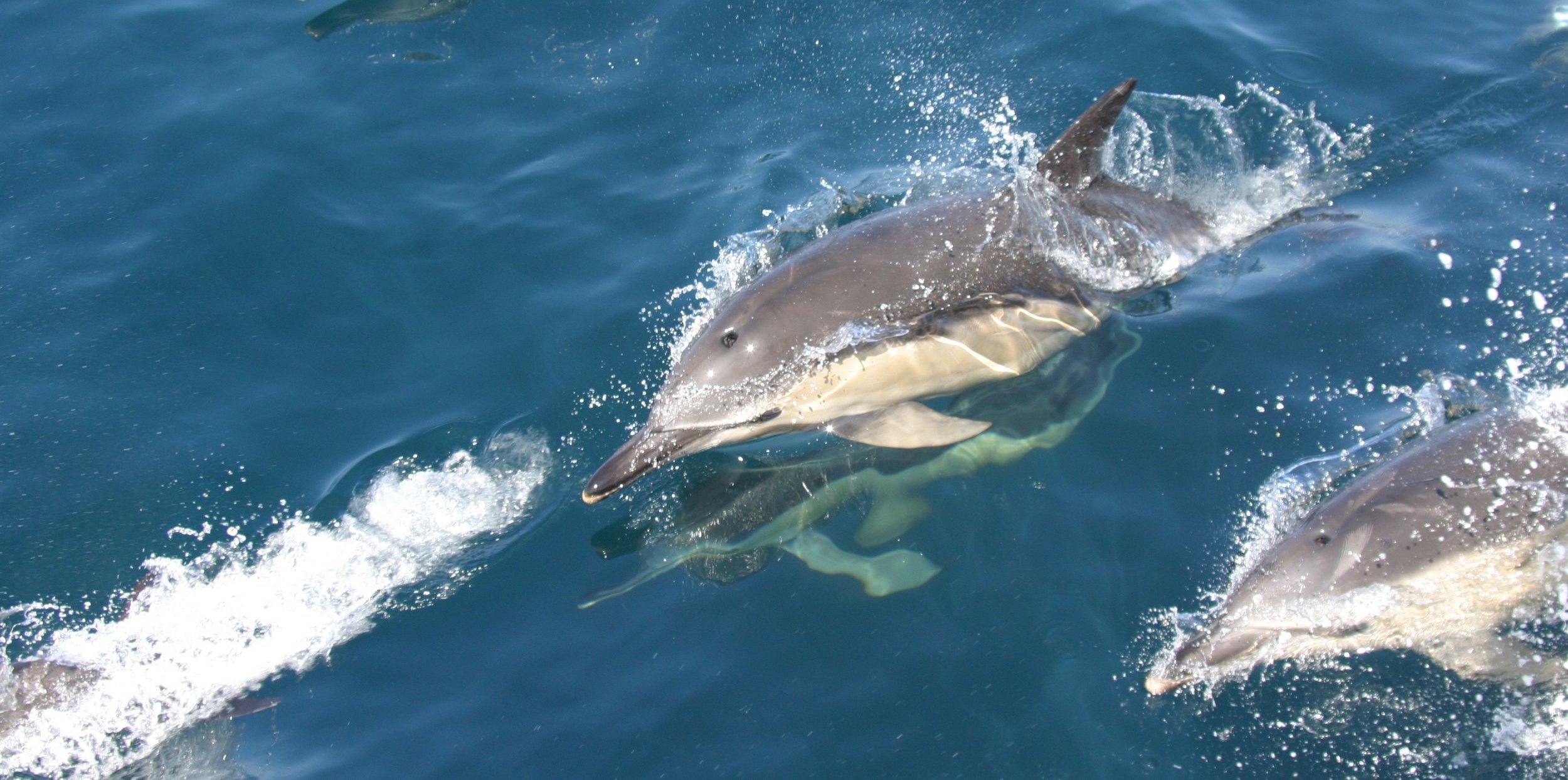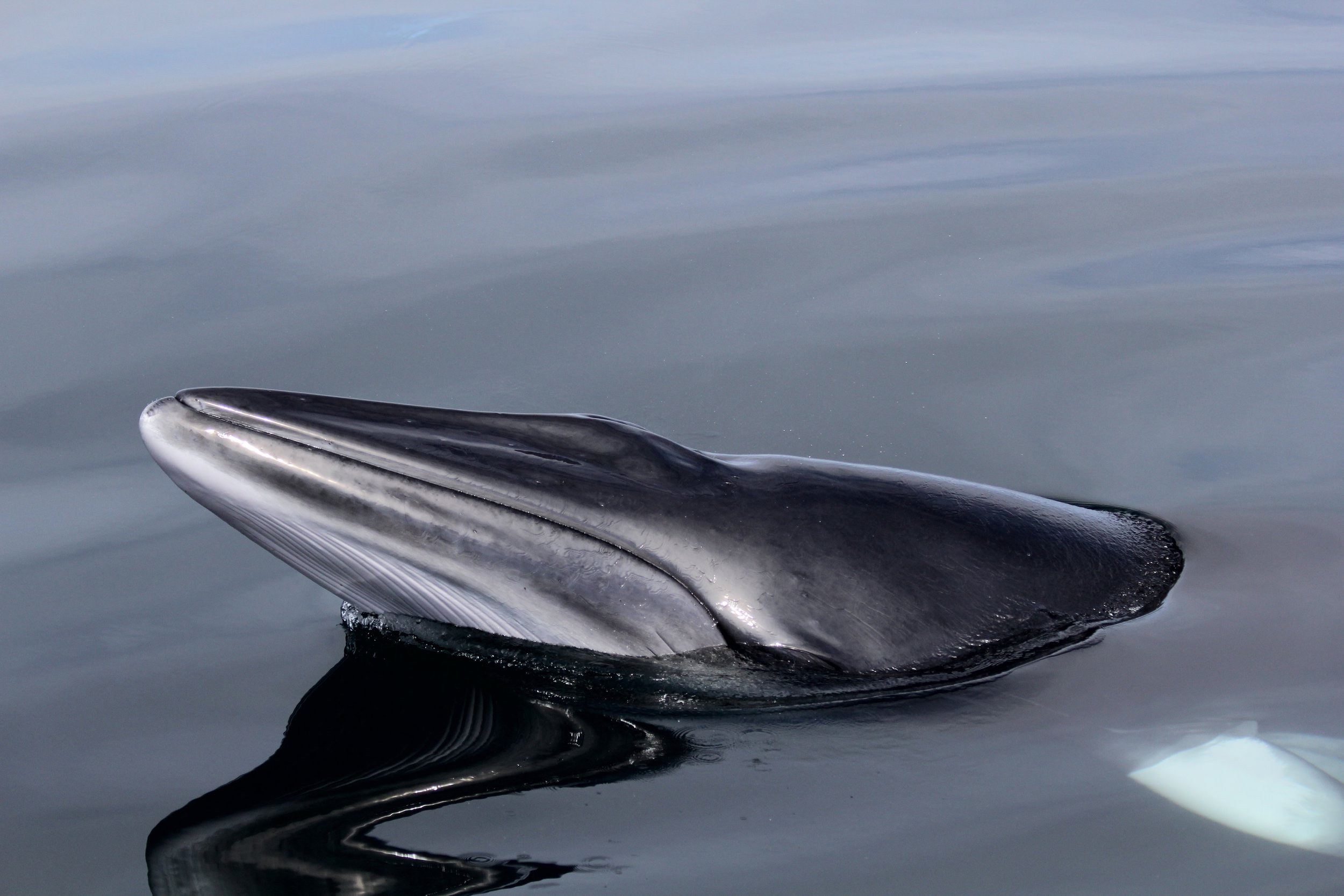
About our catalogues
Our catalogues document the individual whales and dolphins that have been recorded on the west coast of Scotland over the past 30 years. They are a testament to the dedicated community of citizen scientists who diligently submit their photographs and sightings to HWDT. These photographs are a powerful tool helping to conserve marine wildlife in the waters of western Scotland.
View our Catalogues:
How to Contribute
Every sighting submitted to the catalogue contributes to our long-term understanding of whale and dolphin movements and the threats they face, providing the evidence needed for their protection. Contributing to the catalogue is easy through Whale Track. Anyone can get involved.
Report your sightings on Whale Track and upload up to 100 photos for each sighting by using the photo portal. Alternatively, email them to us with the date, time and location (coordinates) of the encounter. To help build a better picture of the identifying features of each individual, send in as many photos as you can.
What area is covered?
The animals in our catalogues have all been reported off the west coast of Scotland. The area covered includes the waters from Cape Wrath in the north, down to the Kintyre peninsula in the south and out to St Kilda in the west.
Submit your photos on Whale Track
Available on Google Play and the App Store
Online at whaletrack.hwdt.org
Or to submit via email to sightings@hwdt.org

What Makes a Good Photo?
A good photo for identification clearly shows the identifying features. For the best chance of finding a match, take photos of as much of the animal’s body from the head to the tail as possible and make sure to photograph all individuals that you can see, not just the most identifiable ones. Here are our top three tips on what makes a great photo. Even if you haven’t got the perfect shot, it may still be possible to find a match.
Focus
The image is in focus and the photograph has high resolution allowing you to zoom in to see the detail of any identification feature.
Exposure
The image is well lit and has a good exposure. It’s best to have the sun behind you so all identification features are clearly visible.
Angle
To facilitate matching, ideally the animal would be photographed when they are parallel and from a low platform to avoid any distortion.
Responsible Watching
To help you watch and photograph wildlife responsibly at sea or from the shore, please follow the Scottish Marine Wildlife Watching Code (SMWWC) and choose a WiSe Scheme accredited operator for any trips you take. This will help you have the best wildlife experience with minimal disturbance to the animals and ensure you stay within the law.
Slow down
When you see a whale, dolphin or porpoise, slow down to 6 knots or less and maintain a steady speed and direction of travel.
Keep your distance
Stay 100 m away from the animals or 400 m if animals are feeding or calves are present. Approach at an oblique angle, never from in front or behind. Always leave plenty of room for the animals to leave, letting them control the encounter.
Don’t overstay your welcome
Limit encounters to 15 minutes. When leaving, maintain a slow and steady course until you are away from all members of the group. If the animals remain with you, steadily reduce your speed, until they end the interaction.
Three’s a crowd
Give animals plenty of space and do not overcrowd them. If there are other boats in the area, try to all stay on the same side of the animals to avoid boxing them in. If more boats arrive, consider moving on and remember the saying ‘two’s company, three’s a crowd’ applies here.
Signs of disturbance
If the animals show signs of disturbance, such as repeated avoidance or sudden changes in behaviour, such as bunching together or tail slaps, move away slowly and take an alternative route.
It is an offense to deliberately or recklessly disturb any whale or dolphin. Please report any incidents of disturbance to the Wildlife Crime Unit by phone on 101.
Download the full Scottish Marine Wildlife Watching Code here.







